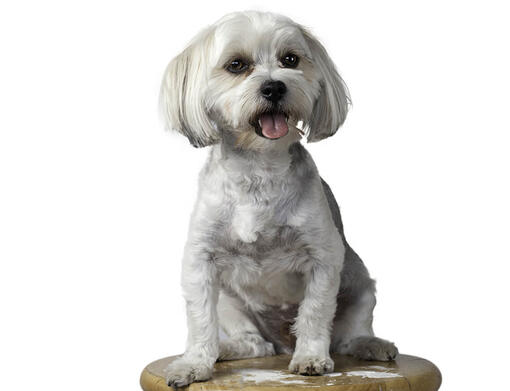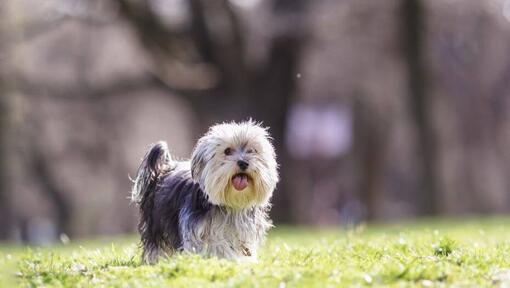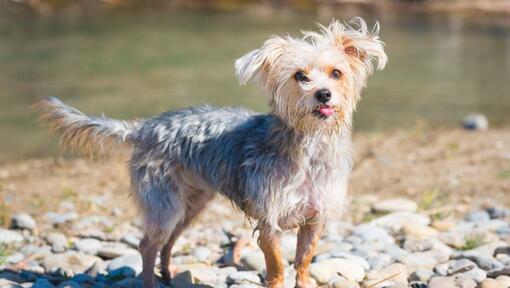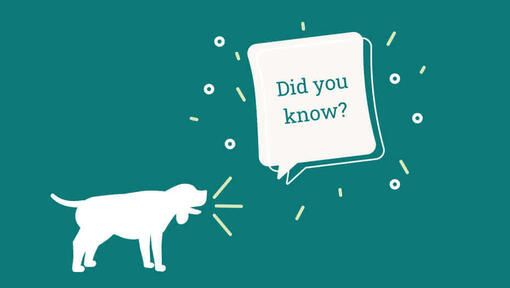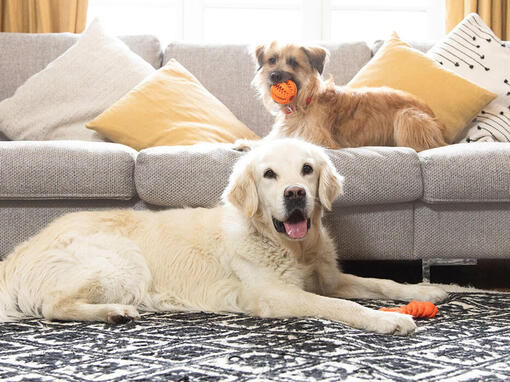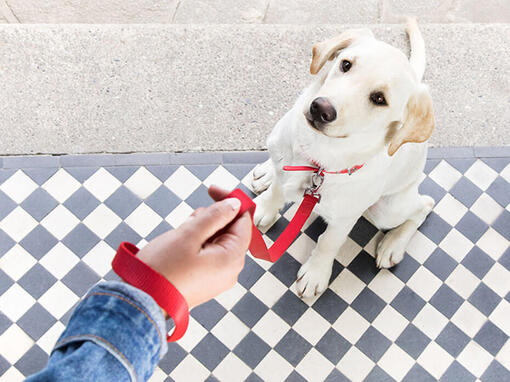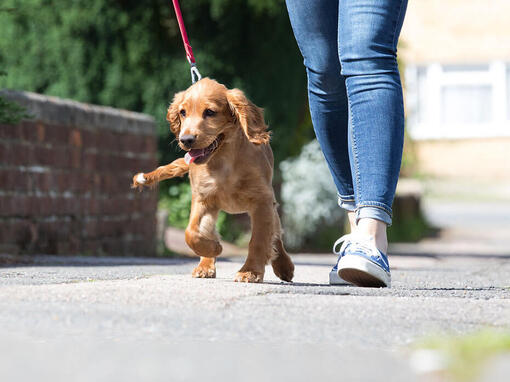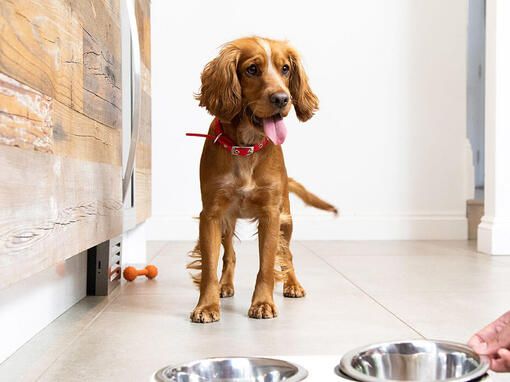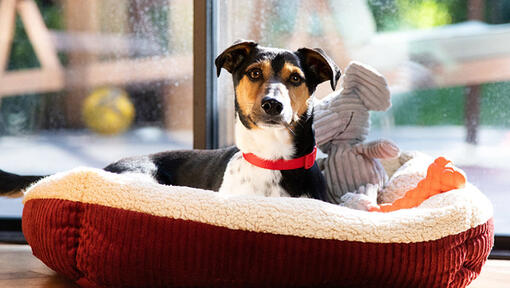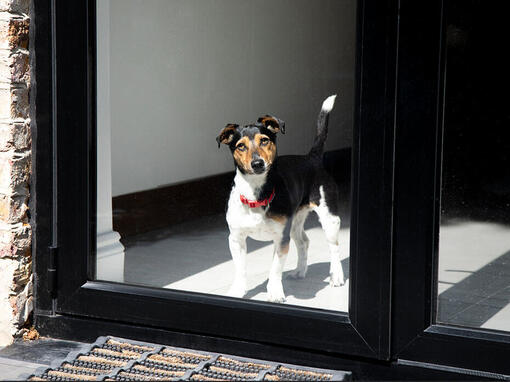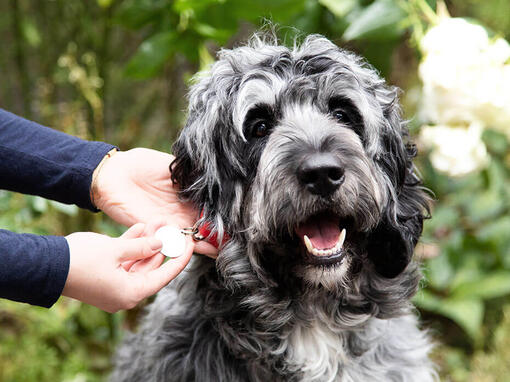Maltese
Country of Origin: Malta
The Maltese is one of the earliest small companion dog breeds. The earliest records are from the early 1800s where they became known as lapdogs of the nobility, frequently appearing in paintings of the time. Throughout the 19th and 20th centuries they became increasingly popular both in Malta and wider afield, and thanks to both their appearance and their temperament they quickly found fans around the world. Their first appearance as a show dog was recorded in in England in 1859.
Yorkshire Terrier
Country of Origin: England and Scotland
There is still some mystery surrounding the origin of the Yorkshire Terries, but it is believed that Scottish weavers brought a small terrier with them during a period of immigration from Scotland to Yorkshire and Lancashire during the 1850s. These 'Broken-Haired Scotch Terriers,' interbred with local small terriers to provide a working dog who quickly become popular as a very effective vermin-killer for factory and mining. The added bonus was its size, small enough that could be carried in their owner’s pocket.
Further breeds were used to perfect this Northern ratter including possibly the Manchester Terrier, the Maltese, the Skye Terrier, the Dandie Dinmont terrier, and the now extinct Paisley and Clydesdale Terriers. Shown as the Scotch Terrier in 1861, the dog later became known as the Yorkshire Terrier and was recognised by the Kennel Club in 1886.
While the breed was a working ratter, the Yorkshire Terrier soon became popular with wealthy ladies as a companion and this popularity lead to selective breeding to make them even smaller. Interestingly, while the dog got smaller, their coat length stayed virtually the same - hence the long coats that can still be seen on show dogs.
The Morkie can have any combination of the two breeds in their appearance, behaviour and temperament.
